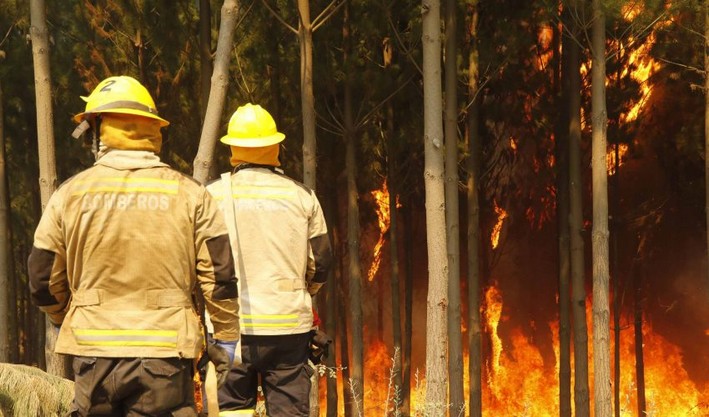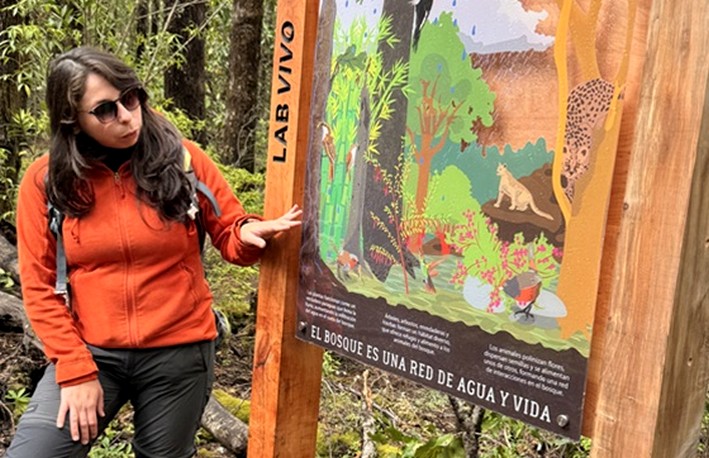Biobío and Brazil Agree on Strategic Alliance to Lead in Bioenergy in Latin America
The project promoted by Infor aims to diversify the bioenergy matrix, improve the competitiveness of local producers, and create business opportunities, with key collaboration from Brazilian universities.
The Biobío Region is taking steps to position itself as a leader in bioenergy in Latin America, thanks to the "Regional Strategic Program for Innovation and Development of Sustainable Opportunities in the Use of Forest Biomass for Renewable Energy Generation."
This project, led by the Forestry Institute (Infor) and funded by the Regional Government, seeks to open new doors in the energy market, improve the quality of biofuels, and diversify the regional energy matrix.
Specifically, the initiative aims to create opportunities for collaboration to expand the bioenergy matrix, enhance competitiveness among local producers, support regulatory implementation, and foster new ventures.
NEW OPPORTUNITIES WITH PELLETS
One of the program's main objectives is to boost the pellet market, a solid biofuel known for its energy efficiency.
According to Infor, the Biobío Region concentrates a large portion of Chile's sawmill activity, generating an abundance of byproducts that can be utilized in the pellet industry.
During this process, Infor researchers analyzed various materials such as charcoal, wood chips, and pellets. The latter stood out due to the Biobío Region's unique qualities that could enable mass production and enhance its quality.
Juan Carlos Pinilla, head of the Forest Biomass and Energy R&D Line at Infor, emphasized that "the Biobío Region concentrates Chile's main sawmill activity, generating a large volume of byproducts used by the pellet industry. Constant monitoring is needed to characterize producers and consumers in this market."
Regarding the use of other materials, Pablo Gajardo, head of the Department of Forest Ecosystem Conservation at Conaf Biobío, stated that "firewood and pellets are not competitors; there is a market for both. Firewood consumption in Biobío reaches around 2 million cubic meters, and pellet use can continue to grow."
COLLABORATION WITH BRAZIL
A key aspect of the project has been international cooperation with renowned Brazilian universities, such as the Federal University of Lavras and the Federal University of Viçosa, in the state of Minas Gerais.
These institutions have shared their advancements in using eucalyptus, the second most planted forest species in the Biobío Region, as raw material for pellet production.
"Brazil's experience allows us to replicate innovative technologies in our local context, benefiting producers and consumers," explained Pinilla.
REGULATION AND MARKET GROWTH
The solid biofuels market, including pellets, has grown significantly. According to Infor, Chile has around 60 pellet production plants—more than double the number in 2022—with major production centers in cities like Los Ángeles, Coronel, and Los Álamos.
However, formalization remains a challenge. Juan Cristóbal Gutiérrez from the Biobío Energy Ministry (seremi) stressed the need to strengthen sector regulations: "Much of the firewood and other biofuels market is informal. Regulating this industry will ensure quality, tax compliance, and forestry standards."
A STEP TOWARD REGIONAL LEADERSHIP
With such initiatives, Biobío is solidifying its position as a hub for research, innovation, and development in bioenergy.
Collaboration with Brazil and support from the Regional Government open new possibilities for the region to lead in the sustainable use of forest resources, contributing to a cleaner and more sustainable future for Chile and Latin America.
Source:La Tribuna

















